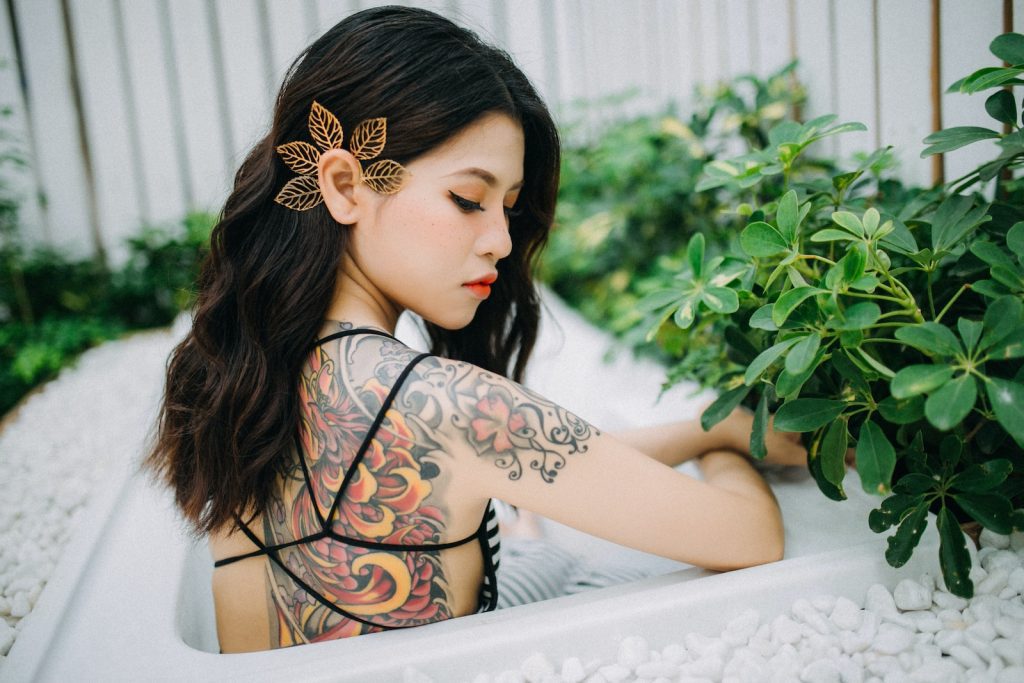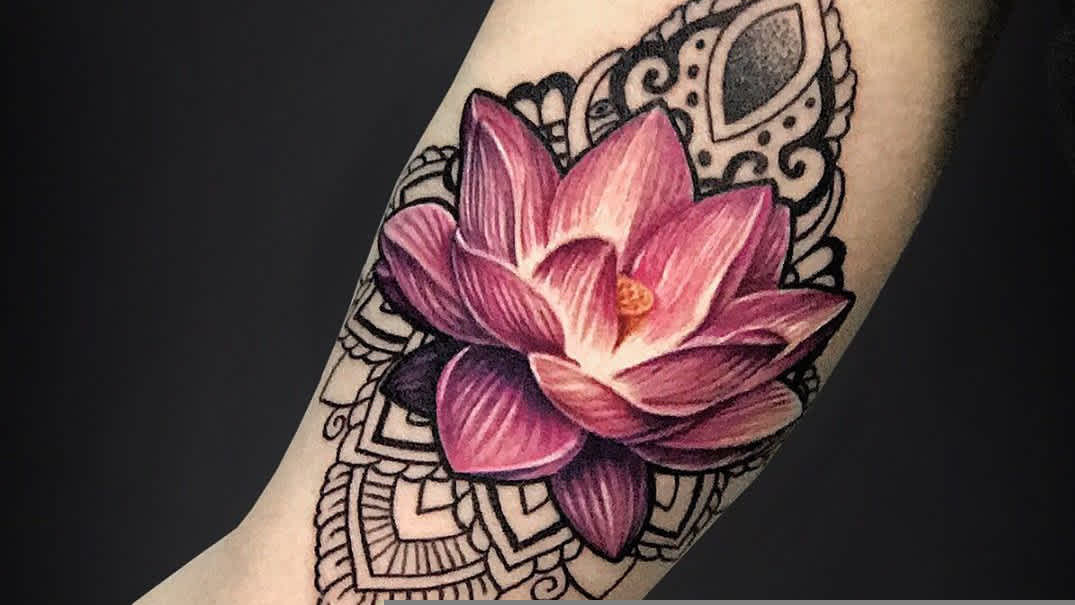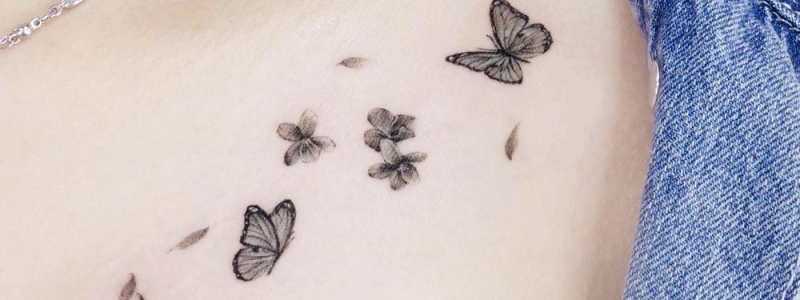Japanese tattoos have a rich and enduring history, with designs that hold deep cultural and artistic significance. In this exploration, we focus on the captivating world of Japanese tattoos for women, an ancestral art form that has transcended generations. These tattoos are not merely decorative; they are a testament to the cultural heritage, symbolism, and enduring beauty that defines Japanese body art.

The history of Japanese tattoos
Even though the practice of tattooing has been around for millennia, the art of Japanese tattooing, or Irezumi , originated around 10,000 years ago. At that time, the first tattoos were made with Indian ink and had a religious or spiritual meaning. Over time, the patterns have diversified and the techniques have improved.
At first, Japanese tattoos were reserved for a social elite, such as nobles and samurai. But gradually they began to spread to the rest of the population. Even today, the Japanese tattoo remains a symbol of strength and courage, but also of elegance and beauty.
There are several styles of Japanese tattoos, each with its own characteristics and symbolism. Here are some of the most popular styles:
Koi: the koi fish is a symbol of luck and success. It also represents perseverance in the face of obstacles and unconditional love. Koi fish tattoos are usually very colorful and detailed, with water and flower designs to go with them.
Cherry Blossom: The cherry blossom is a symbol of fleeting beauty and renewal. She reminds us that nothing is permanent and that everything changes over time. Cherry blossom tattoos are often delicate and feminine, perfect for a woman who wants to express her grace and sensitivity.
Dragons: Japanese dragons represent wisdom, strength and protection. They are often associated with water and symbolize the cycle of life and death. Dragon tattoos are usually big and powerful, but can be tailored to suit a woman by softening the features and adding pops of bright color.
Japanese tattoos often hold deep and personal meanings for those who wear them. Here are some examples of symbols commonly used in Japanese tattoos for women and their meanings:
lotus flowers

The lotus is a symbol of purity and spiritual fulfillment. It represents rising above material temptations and seeking enlightenment. Lotus flower tattoos are often associated with water and can be accompanied by abstract or geometric designs.
Butterflies

The butterfly symbolizes metamorphosis, change and rebirth. It reminds us that everything in life is constantly changing and that we must adapt in order to grow and flourish. Butterfly tattoos are usually delicate and colorful, perfect for a woman who wants to express her bubbly personality and her taste for novelty.
Snakes
The snake represents fertility and regeneration, as well as knowledge and wisdom. A snake tattoo can also symbolize transformation and the ability to overcome life ‘s challenges. Snake tattoos are often understated and elegant, with floral or abstract designs to accentuate their beauty.
How to Choose the Right Japanese Tattoo for You
To choose the right Japanese tattoo for you, it is important to think about what you want to express through this art. Think about your passions, dreams, and aspirations, as well as your personal and cultural history. Do not hesitate to consult tattoo artists specializing in Japanese tattooing for advice and suggestions for personalized designs.
Once you have a clear idea of what you want, take the time to find an experienced tattoo artist who can carry out your project with talent and professionalism. A good tattoo artist must be able to create a unique and quality design while respecting the rules and traditions of Japanese tattoo art.
Why opt for a Japanese tattoo
The Japanese tattoo is a popular choice among women because it offers a wide variety of styles and designs, as well as rich and deep symbolism. Moreover, this ancestral art has crossed the centuries and continues to evolve, always offering more possibilities and inspiration for those who wish to get a tattoo.
By choosing a Japanese tattoo, you are also choosing to wear a piece of history on your skin, a living testimony to the beauty and complexity of Japanese culture. So, don’t hesitate any longer and let yourself be tempted by this thousand-year-old multi-faceted art!
